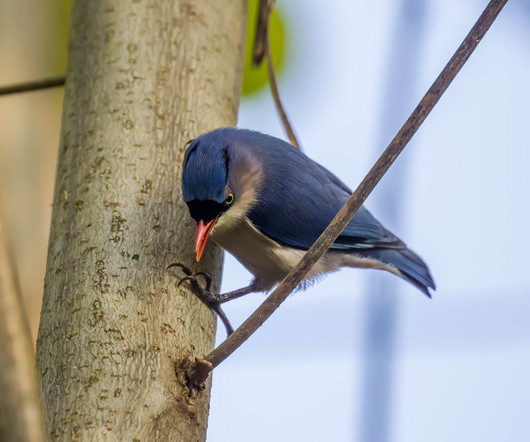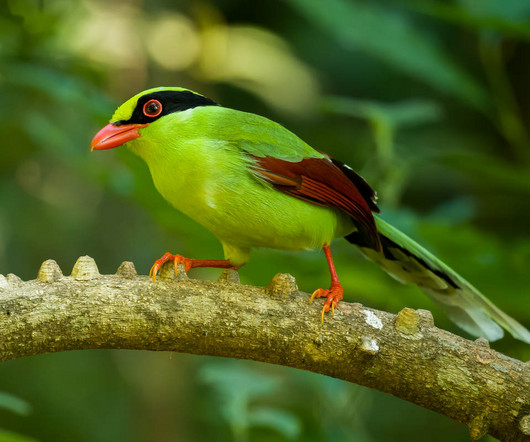Hornbills of Yunnan
10,000 Birds
NOVEMBER 12, 2020
China is not that well-known for its hornbills, but in Yunnan province, on the border to Myanmar, some species can be found. This is not due to its breeding habits, which it shares with the other hornbills – though those habits could well be described as appalling. Visiting the family.












Let's personalize your content